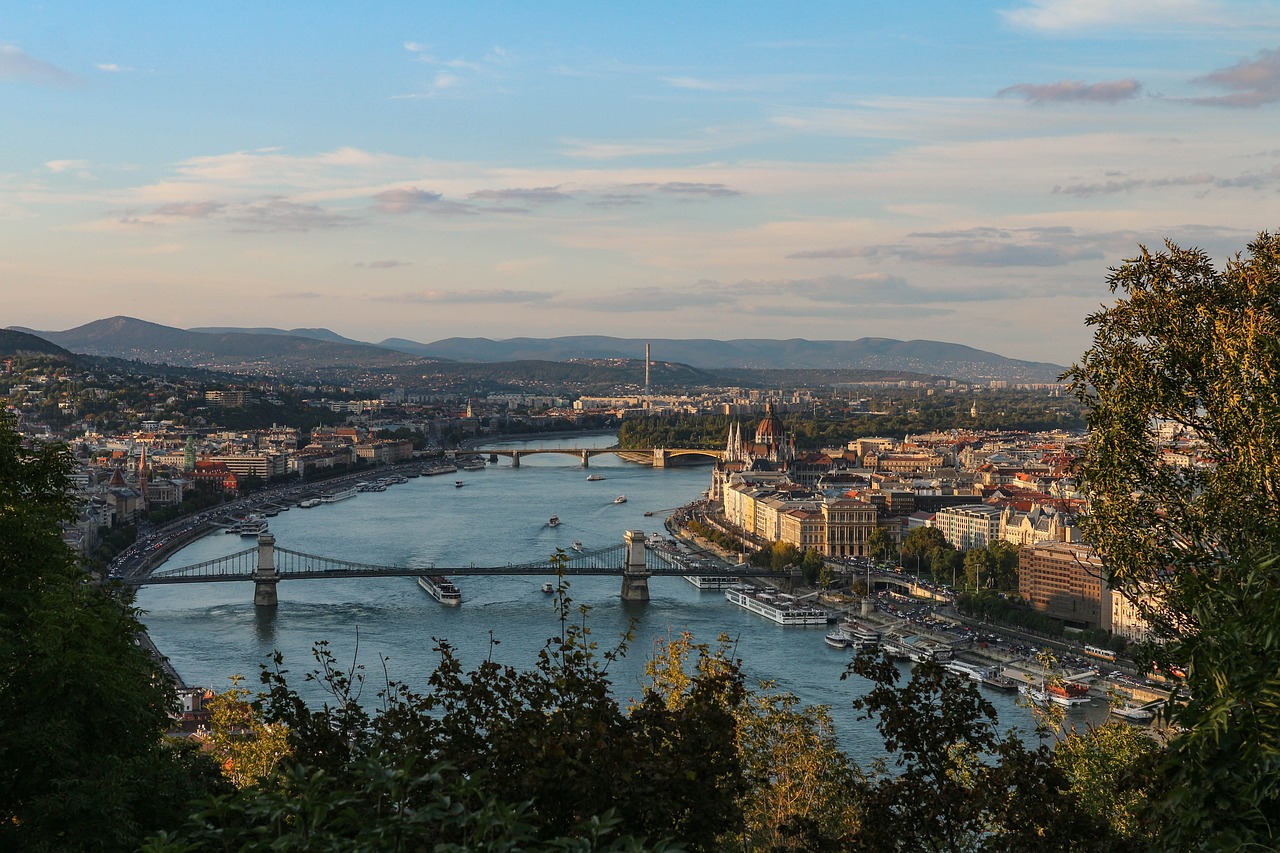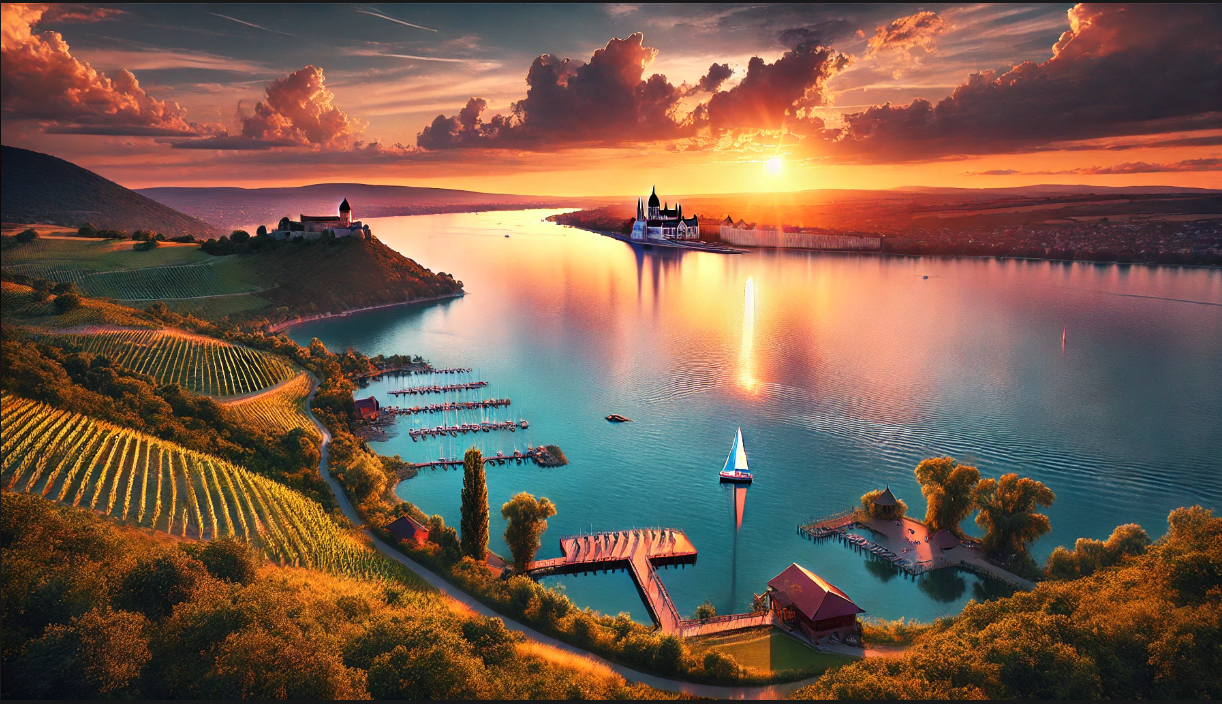Budapest, the majestic capital of Hungary, is often referred to as the “Pearl of the Danube.” With its striking architecture, thermal baths, and vibrant cultural scene, the city is a popular destination for travelers. But beyond its picturesque skyline and world-renowned attractions lies a rich and complex history. Spanning over a thousand years, Budapest’s past is shaped by the Celts, Romans, Mongols, Ottomans, Austrians, and Soviets, leaving an indelible mark on the city. Whether you’re a history enthusiast or a casual traveler, diving into the city’s past will enhance your appreciation for its present.
The Roman Foundation: Aquincum
Budapest’s history dates back to the Roman Empire, when it was known as Aquincum. Founded around 89 AD, Aquincum became a bustling military outpost and later a major city in the Roman province of Pannonia. Situated on the site of modern-day Óbuda (one of Budapest’s districts), the remains of Aquincum provide a fascinating glimpse into the city’s ancient roots.
What to Visit: Aquincum Museum
Travelers can explore the ruins of Aquincum, where visitors will find an archaeological park showcasing remains of Roman baths, villas, and the ancient city’s amphitheater. The Aquincum Museum houses a collection of Roman artifacts, including pottery, mosaics, and statues. For history buffs, this is an essential stop to connect with Budapest’s earliest origins.
The Medieval Age: Buda and Pest
During the 9th century, the Magyars (ancestors of modern Hungarians) settled in the Carpathian Basin, laying the foundation for Hungary as a nation. It wasn’t until 1241, however, that the Mongol invasion devastated much of the area. King Béla IV fortified the city and relocated the population to the hills of Buda to protect them from future attacks. Thus, the distinct areas of Buda and Pest began to take shape.
What to Visit: Buda Castle

One of the most iconic landmarks in Budapest, Buda Castle stands as a testament to the city’s medieval history. Perched atop Castle Hill, the fortress was originally constructed in the 13th century by King Béla IV. Over the centuries, it has been rebuilt and expanded several times, often reflecting the ruling power of the time. Today, Buda Castle houses the Hungarian National Gallery and the Budapest History Museum, offering visitors both breathtaking views of the city and a deep dive into Hungarian art and culture.
The Ottoman Occupation: A Time of Transformation
In the early 16th century, the Ottomans arrived, marking a dramatic shift in the region’s history. After the defeat of Hungarian forces at the Battle of Mohács in 1526, Buda fell under Ottoman control, and the city entered a period of transformation. Islamic architecture, bathhouses, and mosques began to appear, many of which can still be seen today.
What to Visit: Rudas Baths and Gül Baba’s Tomb
For a glimpse into the Ottoman era, visit the Rudas Baths, one of the city’s remaining Turkish baths, built in the 16th century. The thermal waters, known for their healing properties, offer a chance to experience Budapest’s longstanding bath culture. Another site worth visiting is the Gül Baba’s Tomb, an important Islamic shrine dedicated to a revered Ottoman dervish.
The Austro-Hungarian Era: The Rise of Budapest
After nearly 150 years of Ottoman rule, Budapest was recaptured in 1686 by the Habsburgs. However, it wasn’t until the 19th century that the city truly began to flourish. In 1873, the once-separate cities of Buda, Pest, and Óbuda were unified into Budapest, marking the beginning of the city’s golden age. Under the Austro-Hungarian Empire, Budapest grew into a modern European capital, with grand boulevards, public parks, and magnificent architecture.
What to Visit: Heroes’ Square and Andrássy Avenue

To appreciate Budapest’s imperial splendor, head to Heroes’ Square, where you’ll find statues commemorating Hungary’s most significant historical figures. Nearby, stroll along Andrássy Avenue, a UNESCO World Heritage Site, lined with elegant mansions, shops, and cultural institutions. Along this avenue, you’ll also find the Hungarian State Opera House, a masterpiece of neo-Renaissance architecture.
World War II and the Holocaust: Dark Times
The 20th century brought immense hardship to Budapest. During World War II, Hungary initially allied with Nazi Germany, but as the war progressed, the country found itself occupied by German forces in 1944. Tragically, thousands of Hungarian Jews were deported to concentration camps during this period, and the city was left in ruins after the Siege of Budapest in 1945.
What to Visit: The Shoes on the Danube Bank and Dohány Street Synagogue
To honor the victims of World War II, visit the “Shoes on the Danube Bank,” a haunting memorial located along the riverbank. The monument, consisting of iron shoes cast in remembrance of Jewish individuals shot into the Danube by fascist forces, serves as a stark reminder of the atrocities of the war. Another significant site is the Dohány Street Synagogue, the largest synagogue in Europe, which played a pivotal role in Budapest’s Jewish history.
The Communist Era and the 1956 Uprising
After World War II, Budapest fell under Soviet influence, and the city endured decades of communist rule. The people of Hungary, however, resisted, and in 1956, a nationwide revolt erupted. Though the Hungarian Revolution was ultimately crushed by Soviet forces, it marked a turning point in the Cold War and remains a symbol of resistance and the quest for freedom.
What to Visit: The House of Terror Museum
For a powerful insight into Hungary’s communist past, visit the House of Terror Museum. Located in the former headquarters of the secret police, the museum documents the repression experienced under both Nazi and Soviet regimes. It’s an emotional but enlightening stop for travelers looking to understand the darker chapters of Budapest’s history.
Modern Budapest: A City Reborn
With the fall of communism in 1989, Budapest emerged as a vibrant, democratic city once more. Over the past few decades, it has transformed into a hub of culture, art, and commerce, blending its storied history with a forward-thinking spirit. Today, the city continues to evolve, offering visitors a fascinating mix of old-world charm and modern amenities.
What to Visit: Parliament Building and St. Stephen’s Basilica

No trip to Budapest is complete without visiting the Hungarian Parliament Building, one of the largest and most beautiful legislative buildings in the world. Located along the Danube, its Gothic Revival architecture is a symbol of the city’s rebirth. Also, be sure to explore St. Stephen’s Basilica, a grand neoclassical cathedral that offers stunning panoramic views of the city from its dome.
Budapest’s history is a tapestry of triumph and tragedy, resilience and renewal. As you walk through its streets, you are not only surrounded by architectural marvels but also by stories that have shaped the city into what it is today. Whether exploring Roman ruins or admiring Austro-Hungarian grandeur, the rich past of Budapest enhances every visit, making it one of Europe’s most fascinating travel destinations.
Discover more travel destinations with Travel Story Post. We recommend:




